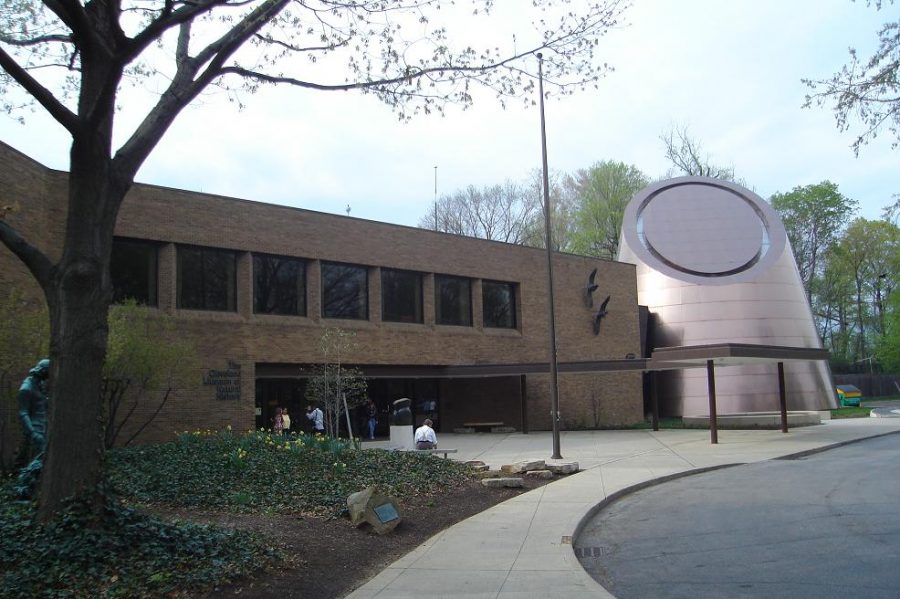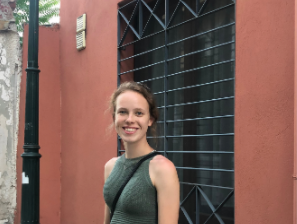Collaboration formed between Cleveland science institutions
The Cleveland Museum of Natural History is the one of the institutions that joined CWRU in a formal partnership
April 26, 2019
The Cleveland Metroparks Zoo (CMZ), Cleveland Museum of Natural History (CMNH), Holden Arboretum and Case Western Reserve University’s department of biology have relied on informal collaborations for decades through research, resources and teaching.
On July 1, 2018, CWRU signed an agreement to enter into a formal partnership with all of these institutions barring CMZ, the only public entity among them. The agreement was finalized in October of the same year. This symbiotic relationship was created to benefit all partners involved, as well as undergraduate and graduate students and researchers.
Three years of planning started when Kristen Lukas, director of conservation and science at the Metroparks Zoo, gave a guest lecture for biology professor Mark Willis’ animal behavior class. In return, some CWRU graduate students began working with Lukas on gorilla health research.
Many of the research scientists at CMNH and the Arboretum were also teaching classes at CWRU as adjunct professors. The prospect of a formal collaboration was born when Willis recognized the possibility of “develop[ing] official agreements with all the main biological institutions in the city of Cleveland.” Each of these partners contributes something different and unique in hopes of making the formal collaboration a success.
Dr. Lukas recognizes the partnership to be a beneficial way to “produce highly trained zoo biologists” through a competitive graduate program, something only made possible through collaboration with CWRU.
During his time as Director of Research and Collections and Curator of Invertebrate Zoology, Gavin Svenson of the CMNH has worked to develop science programs across disciplines by capitalizing on community partnerships. Even before the formal agreement, Svenson recognized the benefits of being able to welcome eager undergraduate and graduate students from CWRU into his lab.
However, Svenson believes this new binding agreement will allow CMNH to further develop and grow the offered programs and student opportunities. The collaboration will not only increase biological science research opportunities, but also allow CWRU students to be introduced to and taught by a wider range of advisors with a variety of academic and research experience.
Svenson projects the partnership to assert Cleveland, and on a broader level all of Northeast Ohio, as a “destination for students interested in biological science training.”
As with the other institutions involved, the Holden Arboretum has been informally partnering with CWRU for decades and recognizes this agreement to be an opportunity for students, especially graduate students, to gain real-world experience through research.
Chief Science Officer for the Gardens David Burke, hopes the current and future research conducted through these alliances will help scientists “find solutions to threats facing our native forests … and the natural world.” Burke added that this is especially critical as the hazards of anthropomorphic climate change continue to worsen.
The CWRU department of biology, chaired by Willis, acts as a hub for the collaboration. The university will further connect all the institutions by offering CMNH, CMZ and Arboretum experts non-tenure track faculty teaching positions. Willis proudly recognizes this partnership to be unique in its wide range of biological expertise and opportunities.
The Holden Arboretum, Cleveland Natural History Museum, Cleveland Metroparks Zoo and CWRU are all pillars of the Cleveland community and education sphere. All of these partners hope this formal agreement will increase and improve biological studies and research under one united affiliation. “We hope that by making our affiliation formal … it will [be] obvious that we are much more than the sum of our parts,” Willis remarked.



